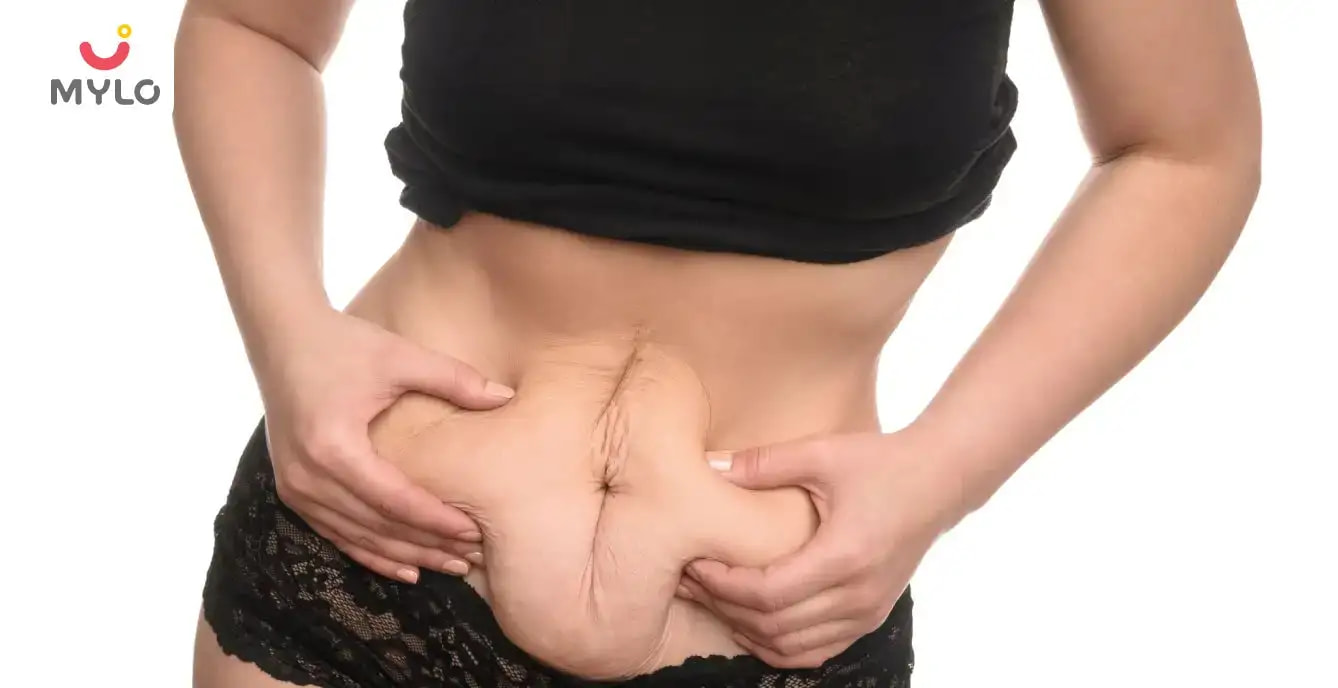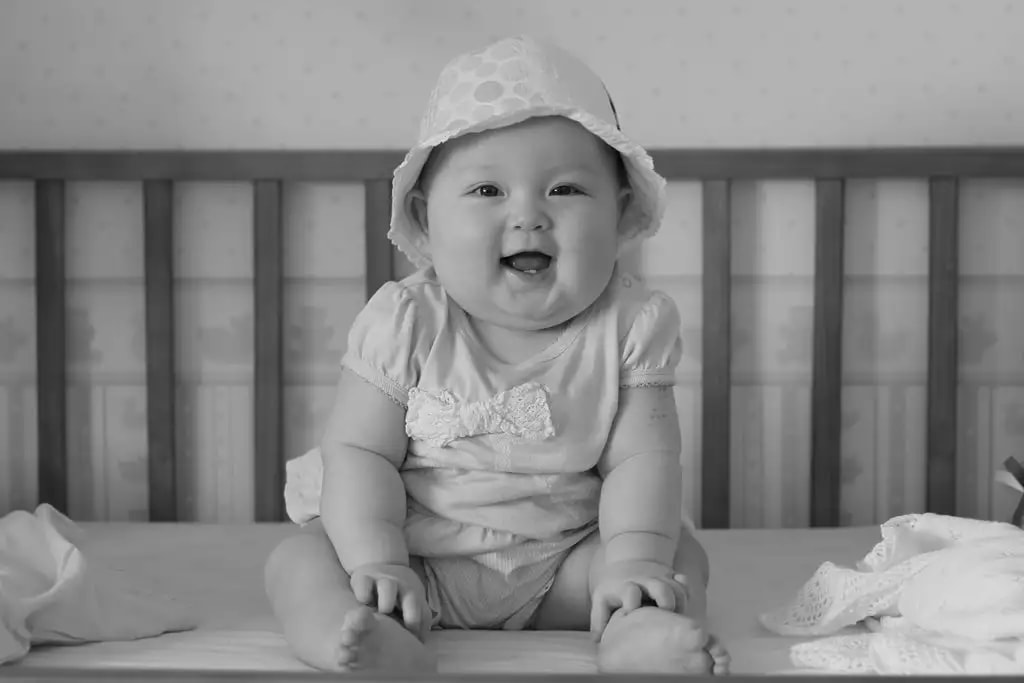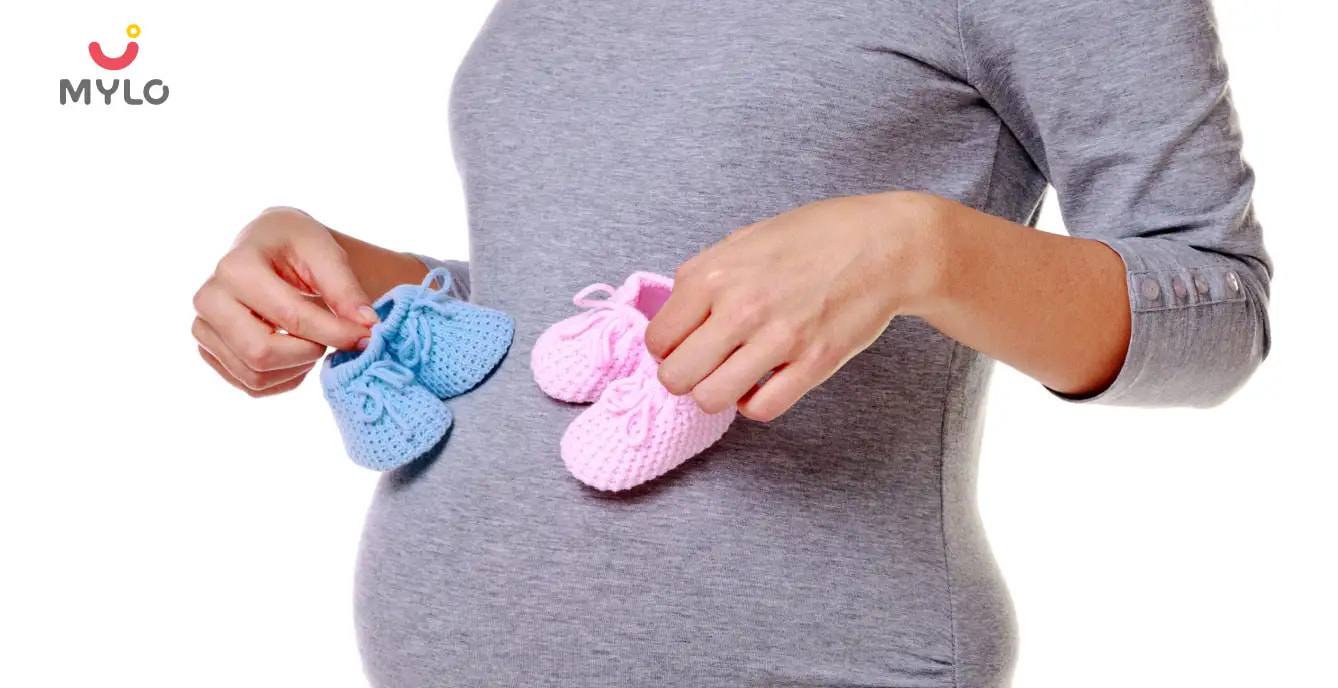Home

Pregnancy Bump

What Is the Truth About the Size of a Pregnant Belly?
In this Article
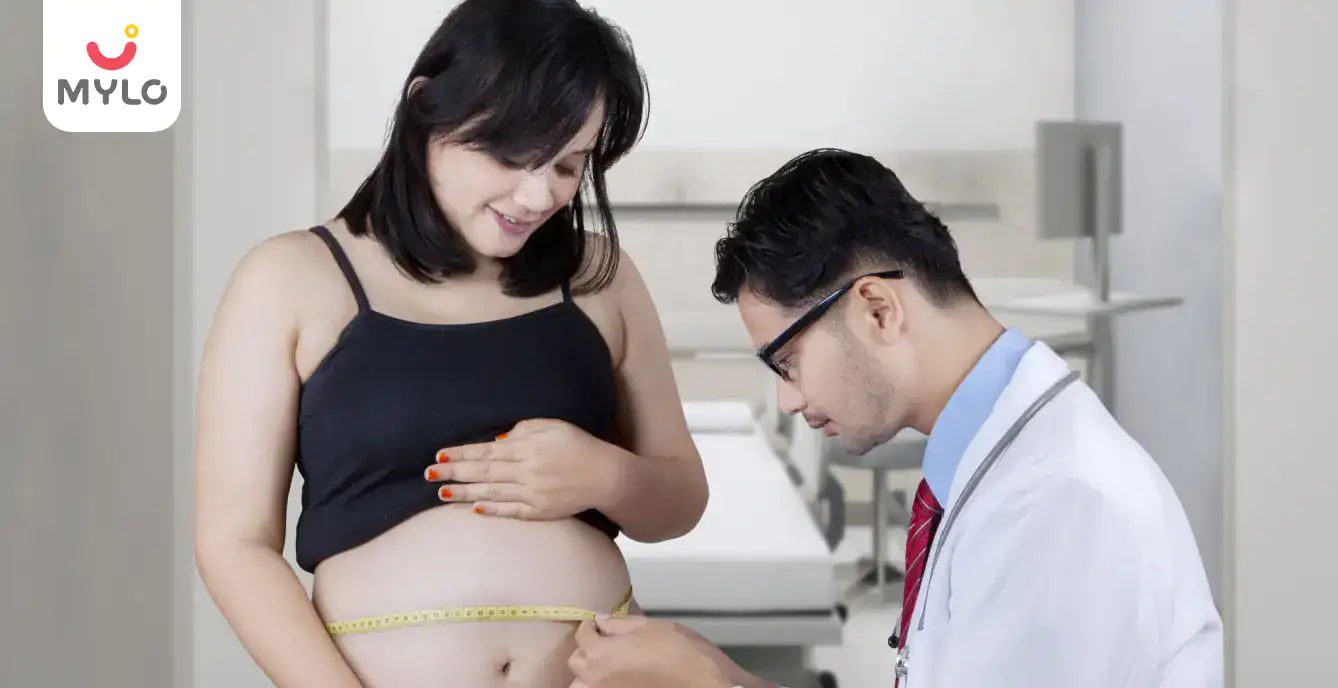
Pregnancy Bump
What Is the Truth About the Size of a Pregnant Belly?
Updated on 4 November 2022
Most of women will agree that whenever their baby bump becomes noticeable, everyone around them has a different opinion about it. The significant changes that happen to your belly will no doubt make you curious and you might want to know every little detail about your unborn child. It's good to hear all the experiences of your loved ones of their respective pregnancies however before anyone puts you into the dilemma you should know how much growth of the belly is good.
If you’re not obese then you don’t have to worry about anything. All you have to do is just don’t miss your prenatal appointments with your gynecologist. Whether big or small, the size of your belly won’t be equal to the size of the baby.
Factors Determining The Size of Your Pregnant Belly
Height of the mother
If the pregnant woman is tall then the baby has enough space to grow upwards. If the pregnant woman is short-heightened then the space between your hip and the lowest rib is less and thus it pushes the belly outwards rather than upwards. Your baby bump will become noticeable earlier and will appear bigger if you are petite whereas being tall and having a long abdomen will make your uterus grow upwards not outwards hence it will make your baby bump appear smaller.
Baby’s position
Babies are quite active inside the womb and they just keep changing their positions frequently. Up to the end of the second trimester, you might also get aware of the movements of your baby. Usually, during the last trimester, the baby prefers to take a head-down position. While moving their backs from one side to another the baby might move into a posterior position (baby’s back against the mother’s back) and this will change the shape and the size of your belly.
A lack of internal space
The other internal organs like the placenta, fluid, and cord have to fit somewhere when a baby is growing inside you. The growing uterus will be pushed behind and the intestines will be moved aside by making your belly appear bigger.
Your first pregnancy
If you have conceived for the first time then your stiff abdominal muscles will make your uterus compact because they haven’t stretched before. Before pregnancy, they are usually tight and toned. This can make your baby bump look smaller than what is expected.
Earlier pregnancies
The growing baby can easily accommodate if you are pregnant for the second time. After the child's birth, the abdomen muscles of the mother are flexible enough to expand and this makes your baby bump looks bigger. The size of the baby is not impacted by an altered body of your previous pregnancy. An athletic woman can easily regain muscle tone by working out and that makes the belly appear compact during the pregnancy.
Amniotic fluid
The excess of amniotic fluid will make your belly look bigger. The level of amniotic fluid usually fluctuates during pregnancy. Amniotic fluid is naturally produced in the first 20 weeks and after that, it is either lung secretion or the urine output of the baby. Excess or not enough amniotic fluid can create several complications during pregnancy and it influences the size of your belly as well.
Your baby’s size
The size of the baby can also make your belly look bigger. Genetics plays a vital role in defining the size of your baby. If the would-be-parents are tall then the baby will probably have similar traits. The intake of a nutritional balanced diet of the mother will also impact the weight of the baby. The baby may grow less if the mother is suffering from any chronic illness or is not consuming healthy foods. If the pregnant woman is suffering from gestational diabetes, then the belly will appear bigger.
You may have a large belly because of some swelling or if you are overweight. You must seek medical help if there is something unusual.
You may like: https://mylofamily.com/article/what-does-that-line-on-your-pregnant-belly-mean-an-25372?
References
1. Kofinas A, Kofinas G. (2006). Differences in amniotic fluid patterns and fetal biometric parameters in third trimester pregnancies with and without diabetes. NCBI
2. Soma-Pillay P, Nelson-Piercy C, Tolppanen H, Mebazaa A. (2016). Physiological changes in pregnancy. NCBI


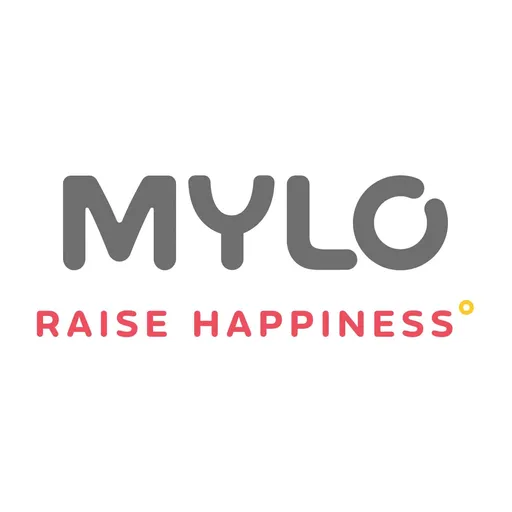
Written by
Ravish Goyal
Official account of Mylo Editor
Read MoreGet baby's diet chart, and growth tips

Related Articles
Related Topics
RECENTLY PUBLISHED ARTICLES
our most recent articles

BeautyTips
Top 5 Home Remedies To Get Rid of Unwanted Facial Hair
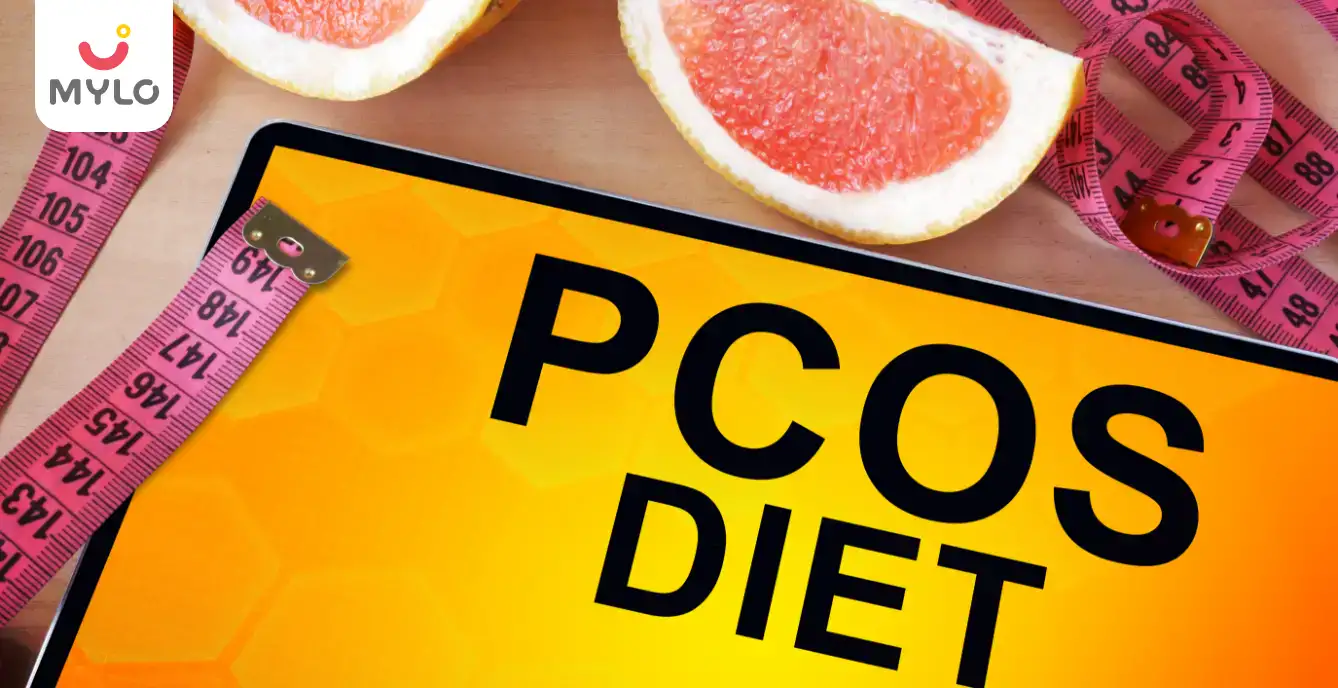
Infertility
5 Common Causes Behind Infertility & How to Eliminate Them?

Linea Nigra
What Does That Line on Your Pregnant Belly Mean and Why It Appears

Pregnancy Myths
Will It Cause Any Harm to Your Baby if You Fall During Your Pregnancy?

Sleep Deprivation
How to Handle Hectic Work Schedules Along With Sleep Deprivation?
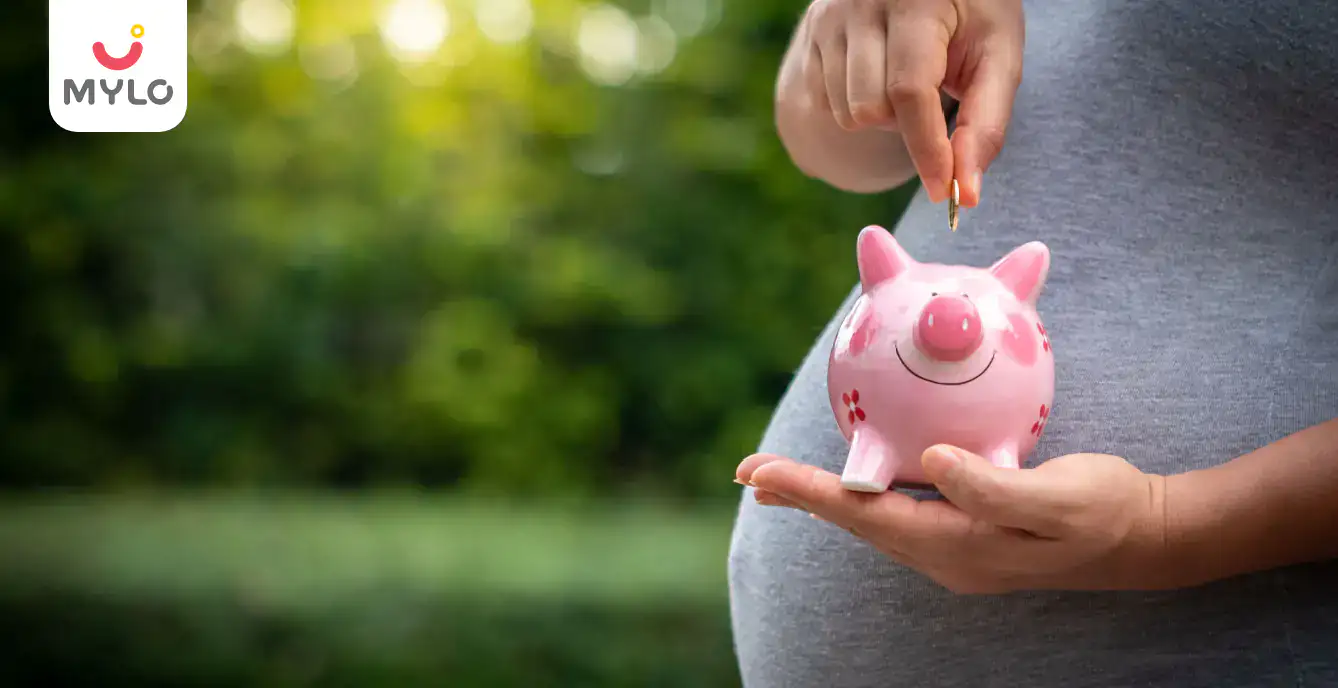
Finance & Planning
10 Awesome Ways to Save Money When Welcoming a Baby
- Best Bollywood Movies On Amazon Prime
- Top 10 Thriller Movies on Amazon prime
- New Parent Jitters Alia Bhatt & Ranbir Kapoor Might Be Feeling!
- Top 10 Most Popular Books Of 2022
- New Mom Diet Plan – Month 9 Week 35
- 10 Home Remedies To Treat Bleeding Gums
- 10 Super-Foods for New Moms
- A complete guide on triple marker test- The procedure, its benefits, and the results
- What are the Top 10 Foods Every Woman Should Avoid During Her Pregnancy?
- All That You Need to Know About Monkeypox: Symptoms, Prevention, Transmission & Treatment
- Are you a first-time mother? Here's everything you need to know about ultrasounds during pregnancy
- Ovulation disorders and their medications
- Here's a complete guide on lightening or baby dropping.
- Are you aware of these top 10 signs and symptoms of Labor?


AWARDS AND RECOGNITION

Mylo wins Forbes D2C Disruptor award

Mylo wins The Economic Times Promising Brands 2022
AS SEEN IN
















- Mylo Care: Effective and science-backed personal care and wellness solutions for a joyful you.
- Mylo Baby: Science-backed, gentle and effective personal care & hygiene range for your little one.
- Mylo Community: Trusted and empathetic community of 10mn+ parents and experts.
Product Categories
baby carrier | baby soap | baby wipes | stretch marks cream | baby cream | baby shampoo | baby massage oil | baby hair oil | stretch marks oil | baby body wash | baby powder | baby lotion | diaper rash cream | newborn diapers | teether | baby kajal | baby diapers | cloth diapers |




